Cuprousoxide CAS:1317-39-1
| Catalog Number | XD95854 |
| Product Name | Cuprousoxide |
| CAS | 1317-39-1 |
| Molecular Formula | Cu2O |
| Molecular Weight | 143.09 |
| Storage Details | Ambient |
Product Specification
| Appearance | White powder |
| Assay | 99% min |
Cupric oxide, also known as cuprousoxide, is a compound composed of copper and oxygen. It has several important effects and applications. Here are some key effects of cuprousoxide:Antifungal and Antibacterial Properties: Cuprousoxide has strong antifungal and antibacterial properties. It is often used as a fungicide and bactericide in agricultural applications to protect plants from fungal and bacterial diseases. It works by inhibiting the growth and reproduction of microorganisms, helping to prevent crop damage and yield loss.Semiconductor Properties: Cuprousoxide exhibits semiconductor properties, making it useful in electronic devices and solar cells. It has a narrow bandgap, allowing it to absorb and emit light in the visible spectrum. This makes it a potential material for applications such as photoconductive devices, photovoltaic cells, and gas sensors.Pigment and Dye: Cuprousoxide is used as a pigment and dye in various industries. Its deep red or brownish-red color gives it the ability to provide intense and stable coloring in ceramics, glass, paints, and inks. It is also used in decorative materials, such as pottery and porcelain, for its beautiful and durable coloration.Catalyst: Cuprousoxide can act as a catalyst in several chemical reactions. It is often used in catalytic processes that involve redox reactions and oxidative coupling reactions. Its catalytic properties are utilized in industrial processes for the production of organic compounds, such as alcohols, aldehydes, and carboxylic acids.Anti-corrosive Coating: Cuprousoxide is used as an anti-corrosive coating for metals, especially steel and iron. It acts as a protective barrier, preventing the formation of rust and corrosion on the metal surface. This makes it valuable in applications where metals are exposed to harsh environments or corrosive substances.Herbicidal Effects: Cuprousoxide can have herbicidal effects, meaning it can control the growth of weeds. It is used in agricultural settings to inhibit the germination and growth of unwanted plants. This helps promote the growth of desired crops and prevents competition for nutrients, water, and light.Medicinal Applications: Cuprousoxide nanoparticles have shown potential in biomedical applications. They exhibit antimicrobial properties and have been studied for their potential in drug delivery systems, wound healing, and antimicrobial coatings for medical devices.It is important to be mindful of the potential risks and hazards associated with cuprousoxide. Proper safety precautions should be followed when handling and using this compound to minimize exposure and ensure safe application.


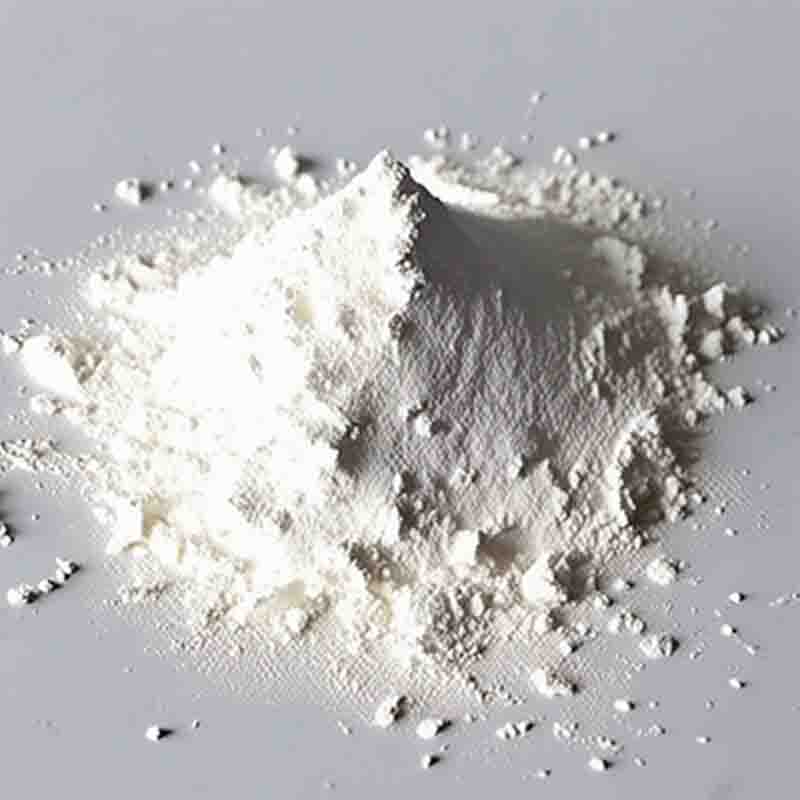

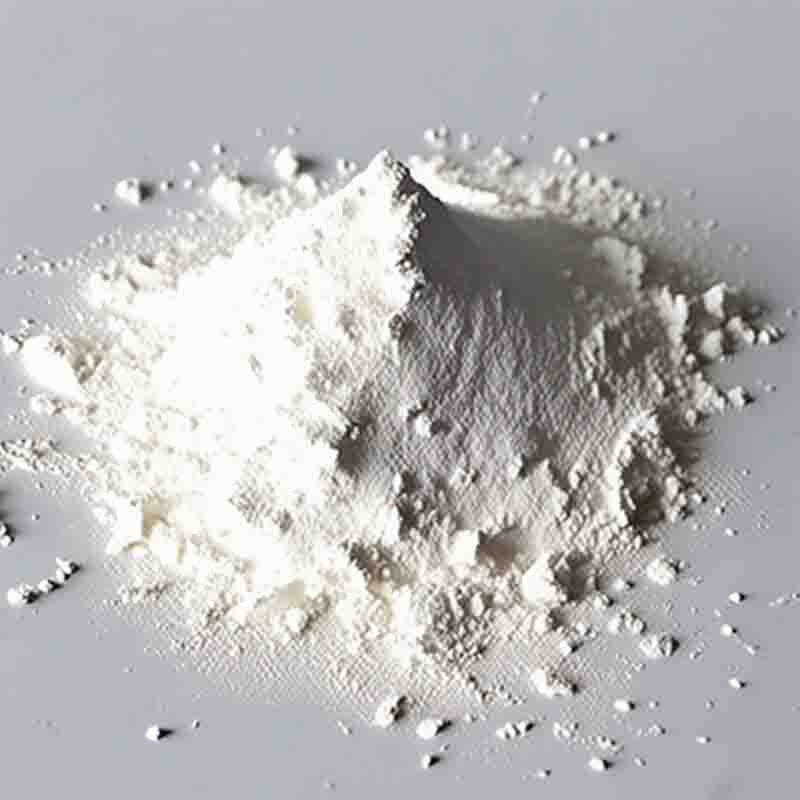
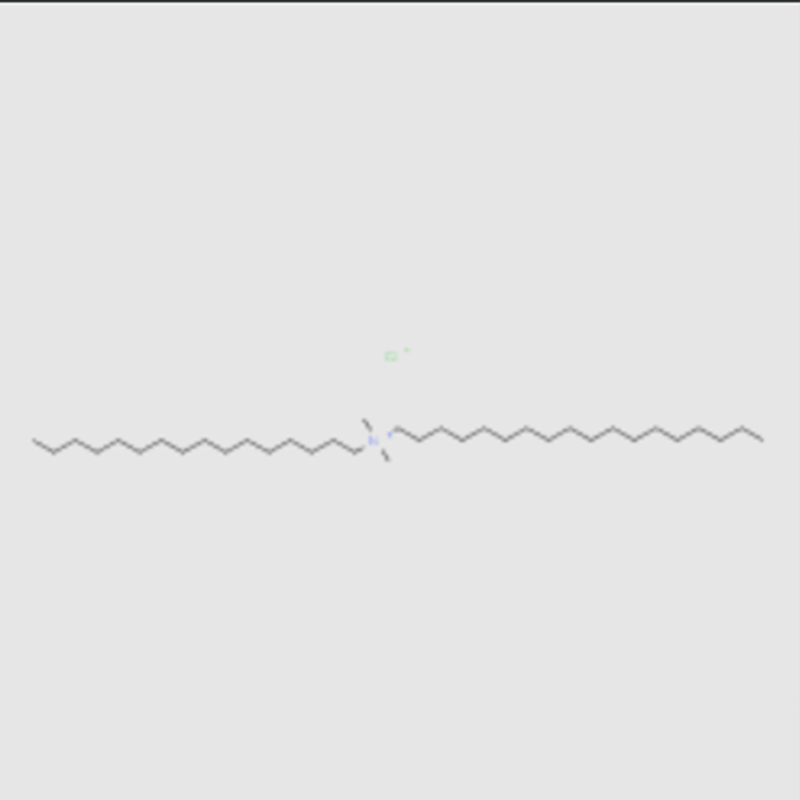
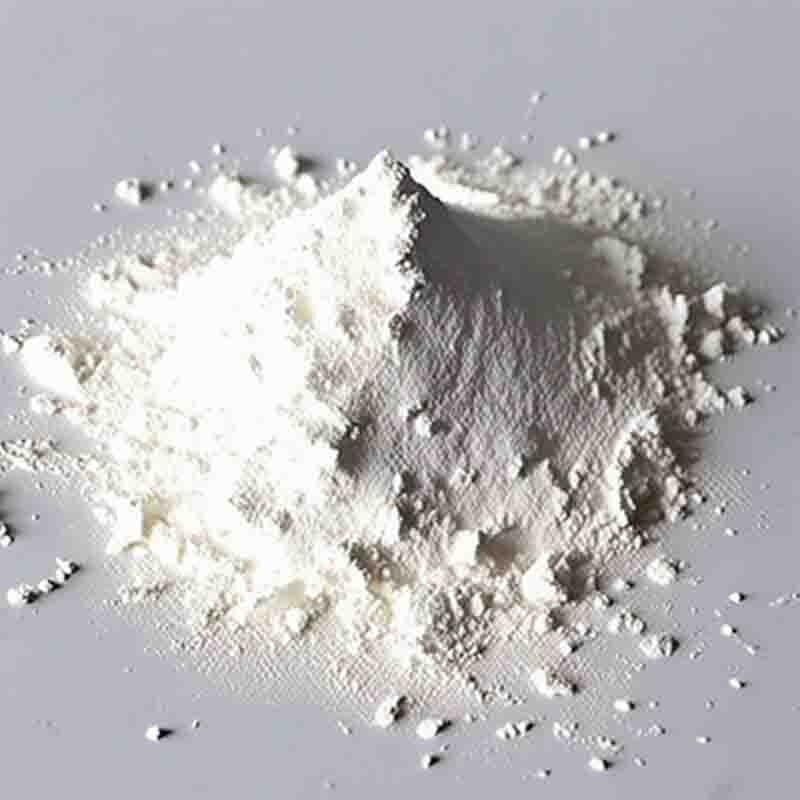
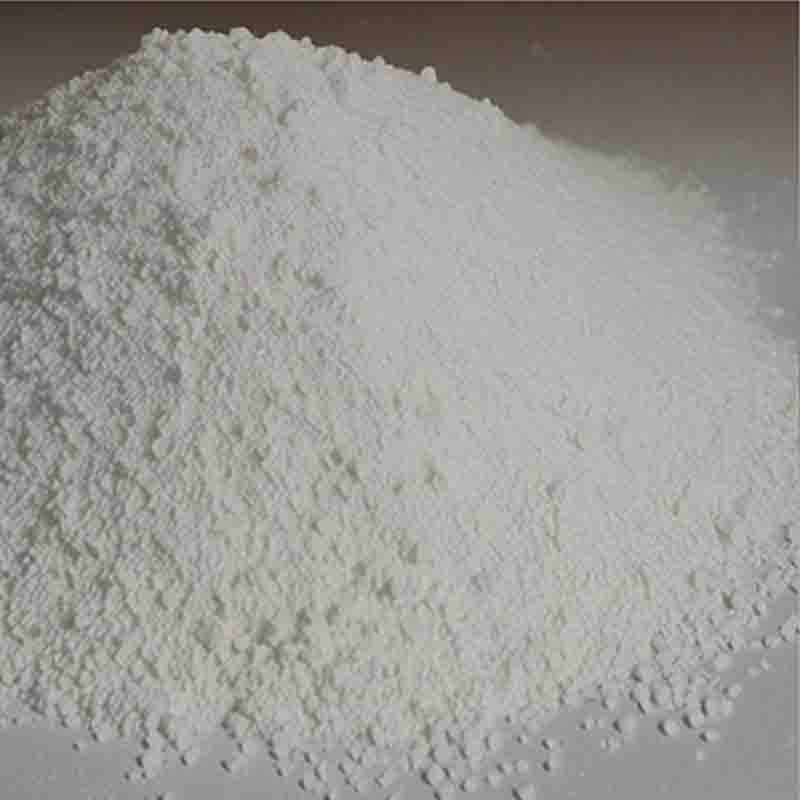
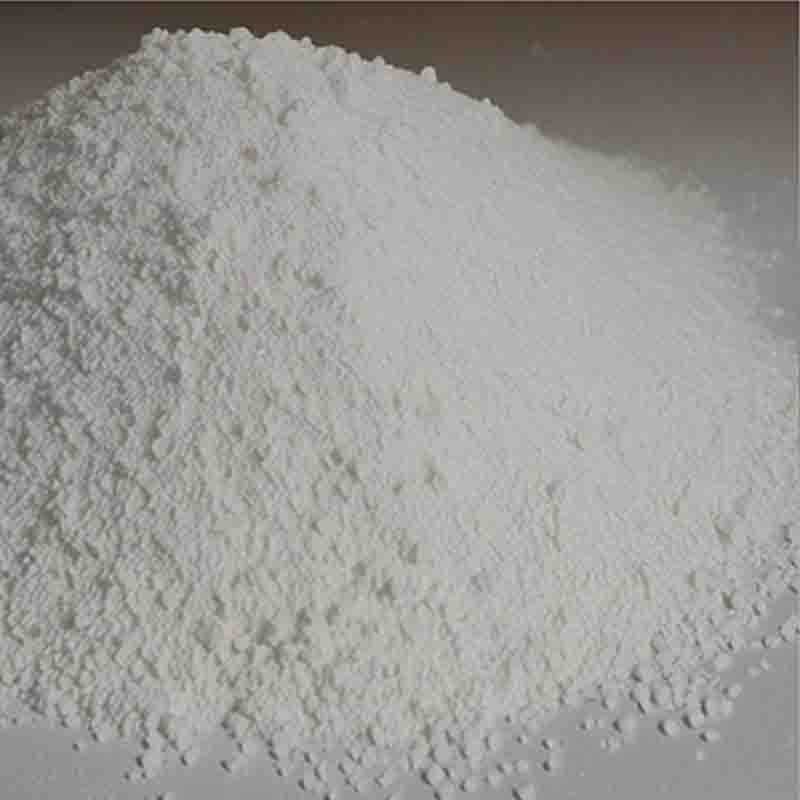
![2-({(5S)-2-oxo-3-[4-(3-oxomorpholin-4-yl)phenyl]-1,3-oxazolidin-5-yl}methyl)-1H-isoindole-1,3(2H)-dione CAS: 446292-08-6](https://cdn.globalso.com/xdbiochems/白色粉末1044.jpg)